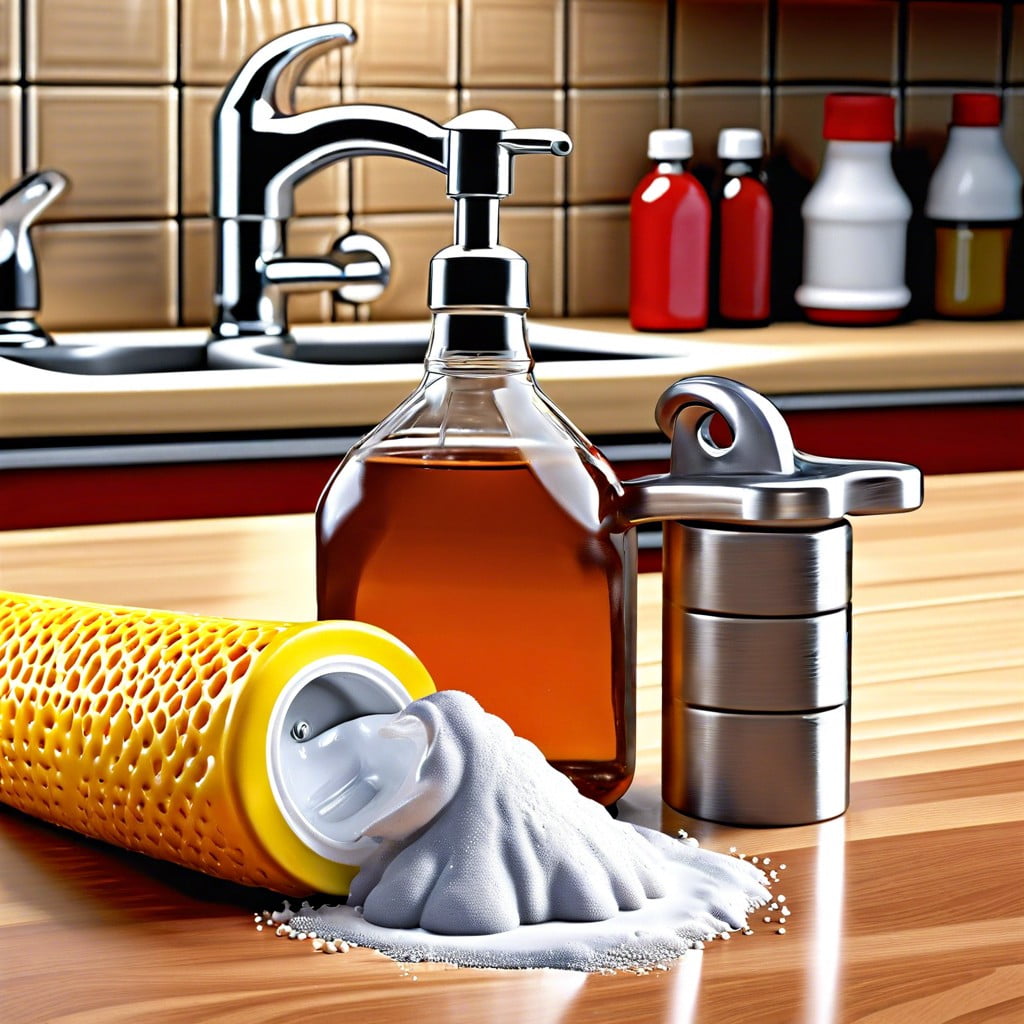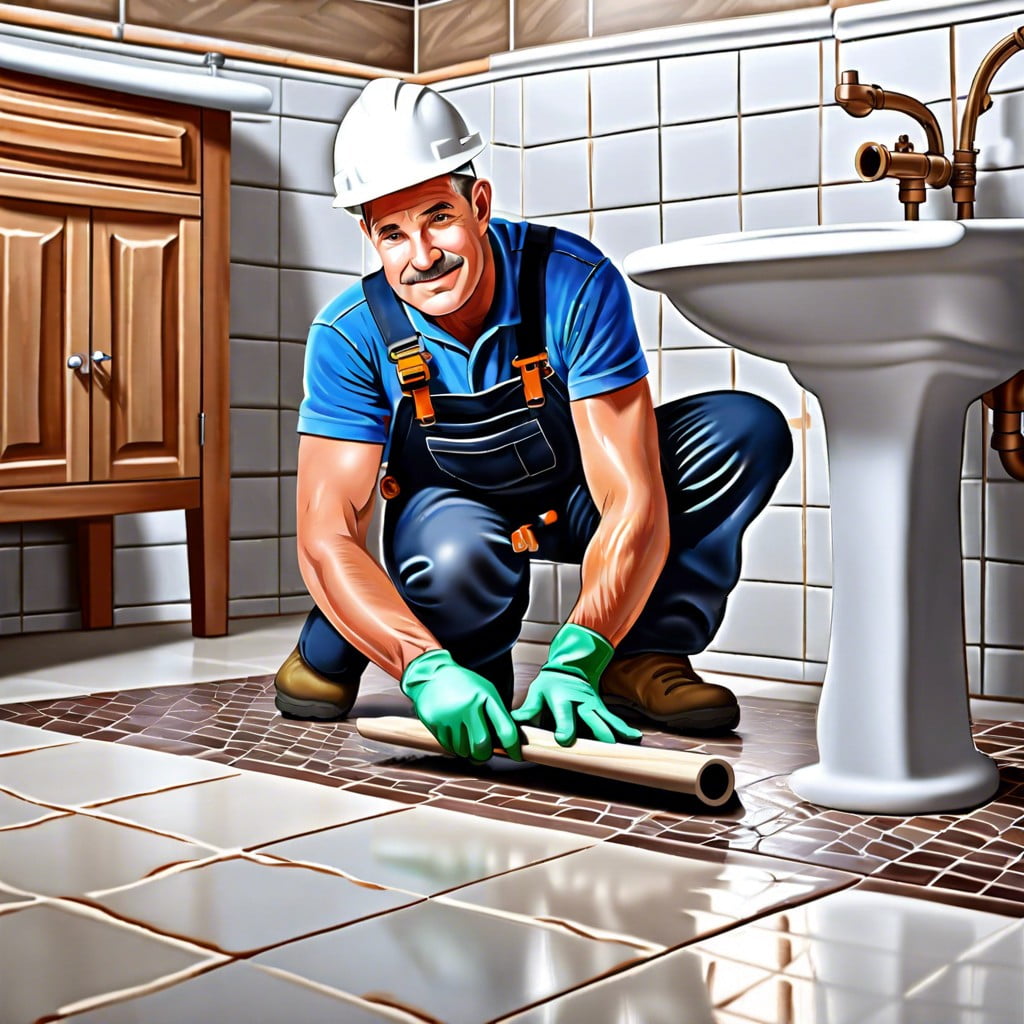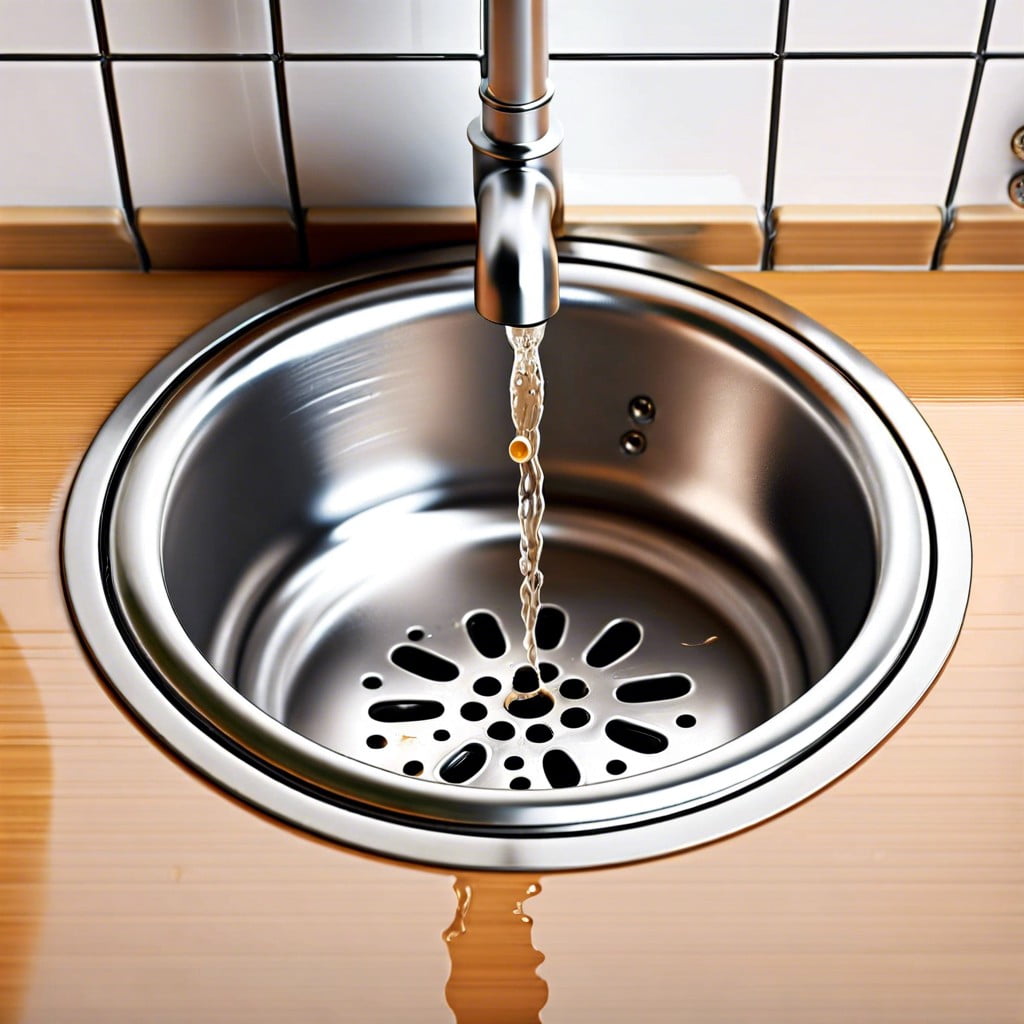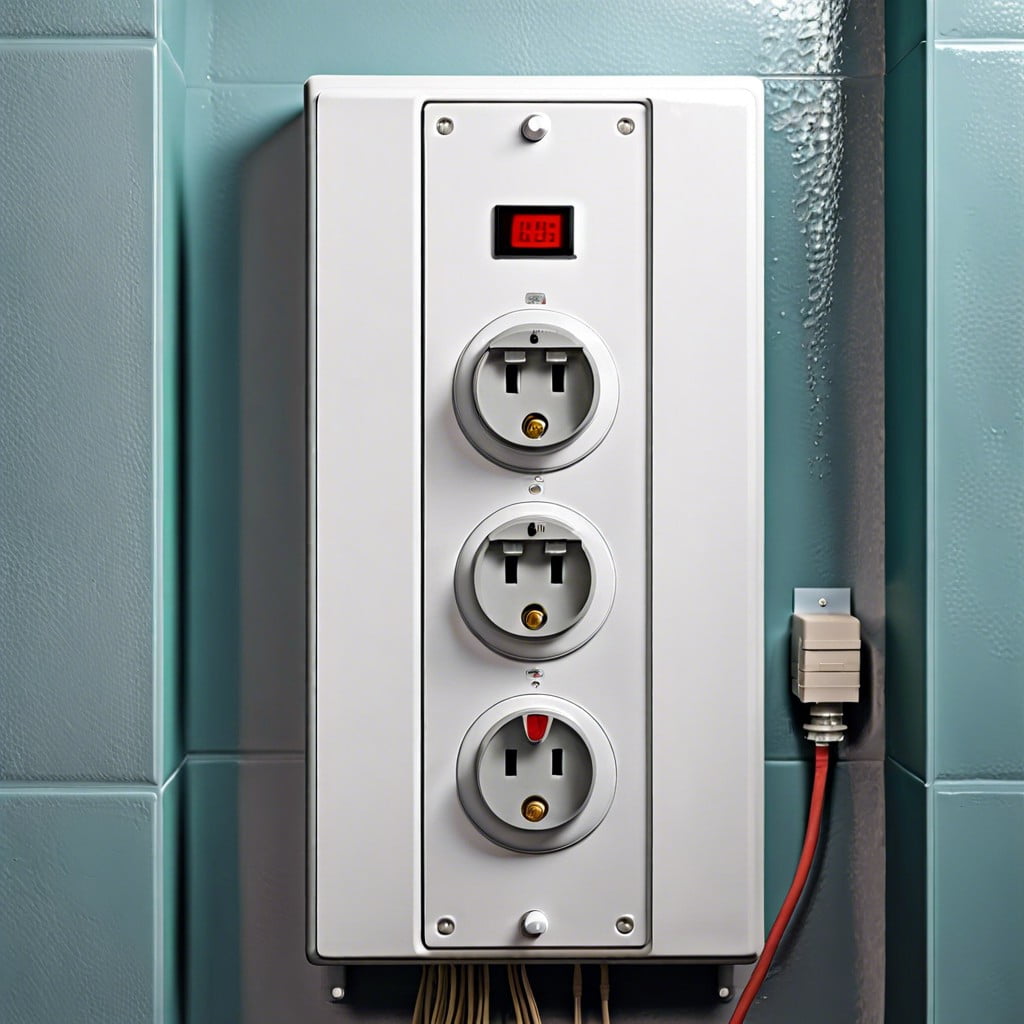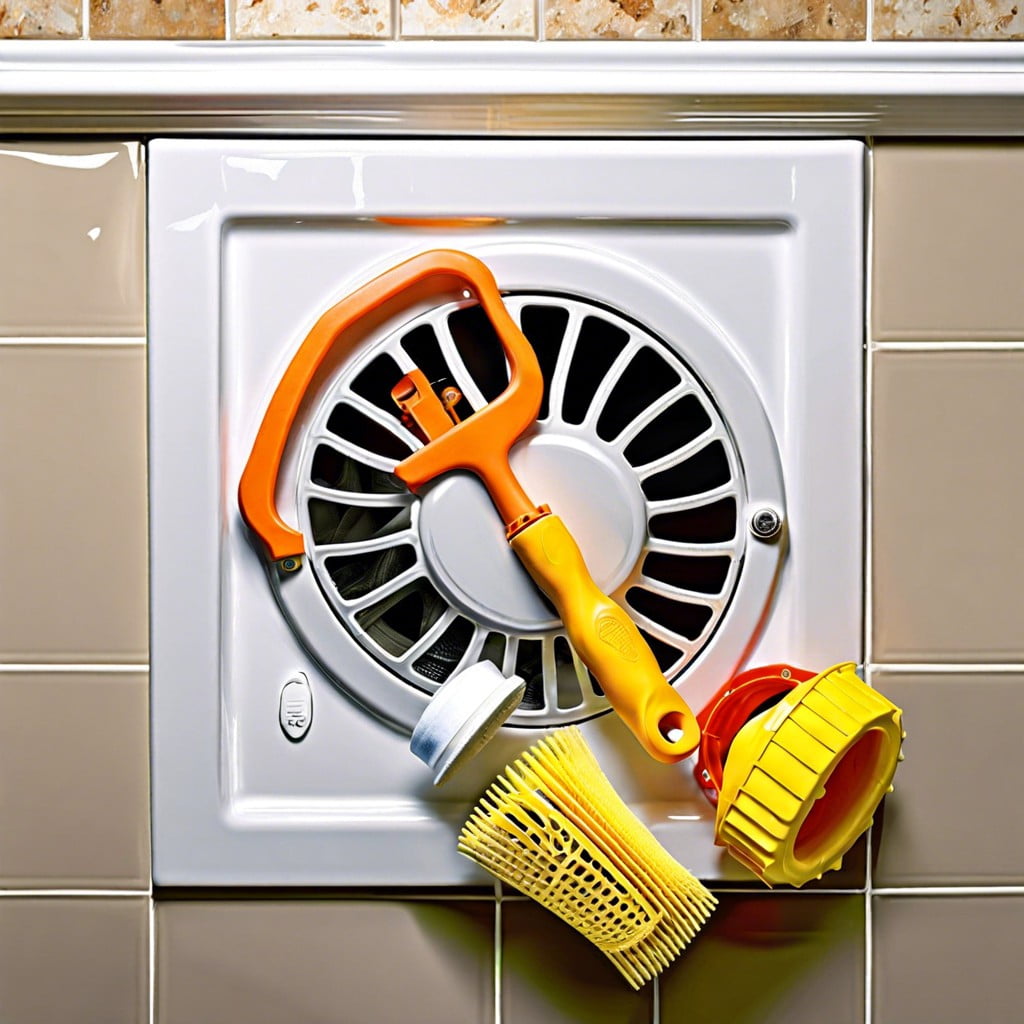Last updated on
Discover what factors influence the cost of remodeling a bathroom and how you can budget for your next renovation project.
Key takeaways:
- Size, materials, labor, and unforeseen issues affect the cost.
- Costs range from ,000 to ,000+ depending on bathroom type.
- Bathroom size, material choices, and labor expenses impact the budget.
- Save money by choosing cost-effective alternatives and doing some tasks yourself.
- Plan carefully to avoid costly mid-project changes.
Bathroom Remodel Cost Factors
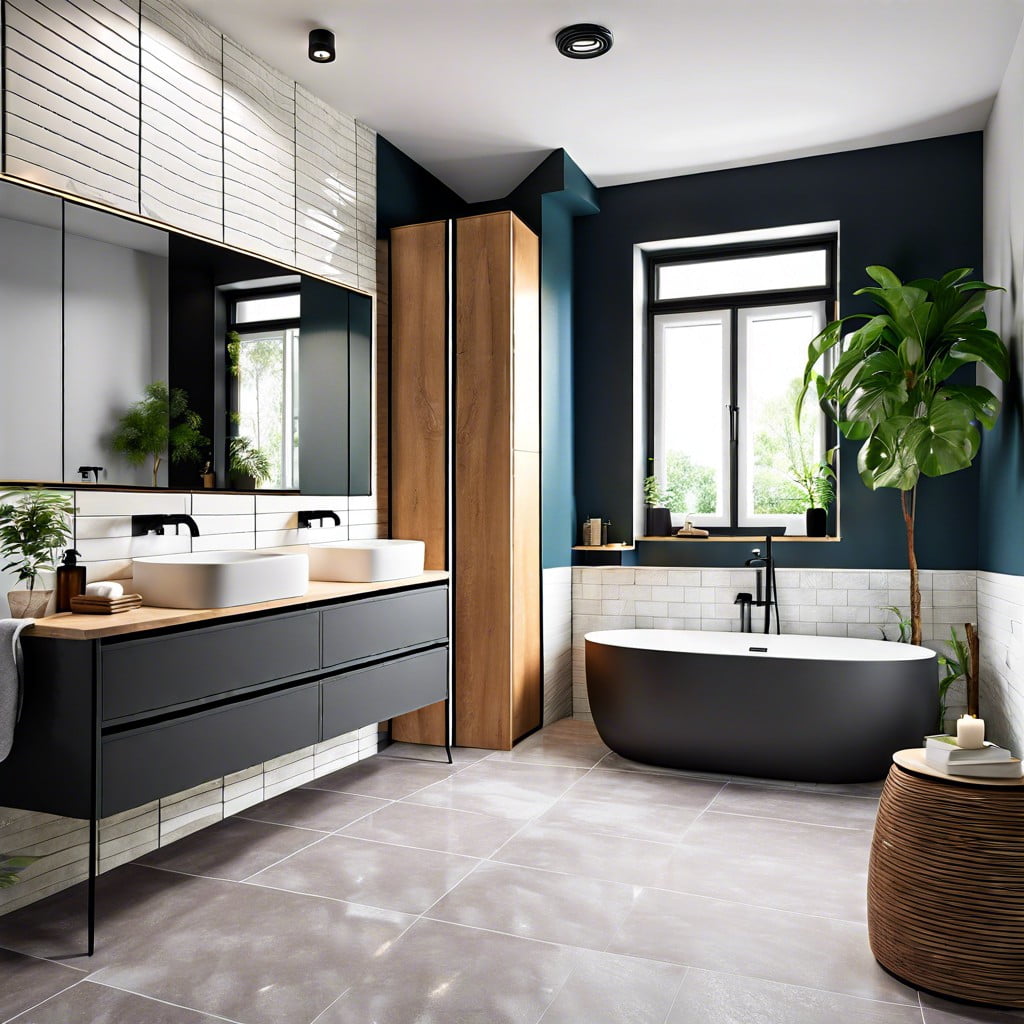
The financial outlay of remodeling your bath space can swing widely, anchored mainly by your choices and circumstances. First, size matters: upgrading a small guest bath usually costs less than revamping a spacious master bath. Material selection also plays a pivotal role; opting for high-end tiles or top-tier fixtures can quickly escalate the total expenses. Labor costs should not be underestimated either, as they can vary significantly based on location and the complexity of the tasks. Additionally, if structural changes are necessary, such as moving plumbing or electrical wiring, be prepared for a heftier bill. Lastly, unexpected issues, like water damage or mold, discovered during demolition can also increase costs.
Average Cost By Bathroom Type
The size and scope of your bathroom significantly determine the overall cost. A small, half-bath or powder room remodel will naturally be cheaper, averaging between $2,000 to $5,000. These spaces typically involve simpler updates like painting, changing fixtures, and perhaps updating a sink or toilet.
Stepping up to a full bathroom, which includes a tub or shower, you’re looking at a cost range from $5,000 to $15,000. Here, costs rise with major elements like bathtub installation, more extensive tiling, and plumbing alterations.
Luxury master bathrooms require a larger budget, typically ranging from $10,000 to $30,000 or more, depending on high-end materials and sophisticated fixtures. In these spaces, homeowners often opt for custom cabinetry, double vanities, upgraded showers, and sometimes high-tech additions, such as heated floors or smart mirrors.
Keep in mind these figures can vary based on your location, the quality of materials chosen, and the complexity of the installation. Always consult with multiple contractors to get a clear picture of the expenses for your specific project.
Main Factors That Influence Cost
The size of your bathroom primarily dictates the overall budget. Larger spaces generally require more materials and labor, racking up higher costs.
Choosing materials is another significant cost influencer. For instance, opting for high-end granite countertops over basic laminate can substantially affect the final tally. Similarly, luxury fixtures like rain showers or high-tech toilets could double or triple your spending compared to standard models.
Labor expenses can vary widely based on location and the complexity of the job. Urban areas typically experience higher labor rates compared to rural zones. Also, extensive plumbing and electrical updates involve skilled, hence more expensive, tradespeople.
Finally, unexpected issues like mold, structural faults, or outdated wiring can appear once the project begins, resulting in added costs. Always reserve a part of your budget for these unforeseen expenses to avoid financial overstretch.
How to Save On a Bathroom Remodel
Cutting corners on a bathroom remodel doesn’t mean sacrificing style or functionality. Here are several tactics to trim the costs while keeping your project stylish and functional:
Opt for cost-effective alternatives to traditional materials. For instance, choose luxury vinyl tiles instead of natural stone. The former offers a similar aesthetic appeal and durability at a fraction of the price.
Consider refurbishing rather than replacing. Giving your existing fixtures a new lease on life with a fresh coat of paint or new hardware can make a big difference without the need for costly replacements.
Do some of the work yourself. Simple tasks like demolition, painting, or installing fixtures can be managed without professional help. This reduces labor costs significantly.
Shop around for bargains. Keep an eye out for sales or clearance items at home improvement stores. Often, you can find high-quality products at reduced prices.
Finally, plan meticulously. A well-thought-out design and clear plan can prevent costly changes mid-project, which often result in budget overruns.
Recap
